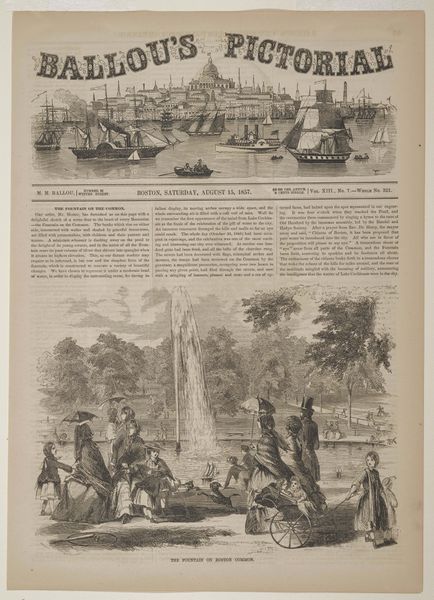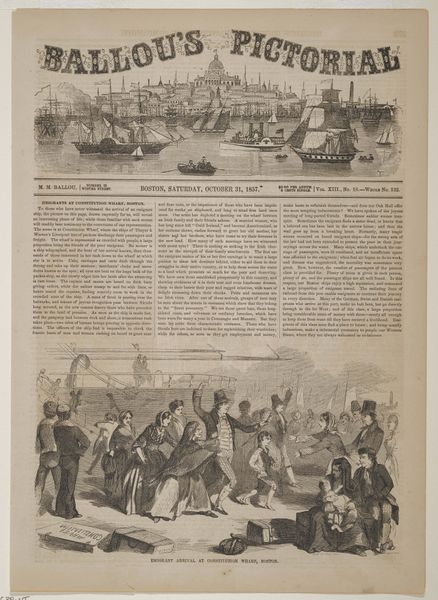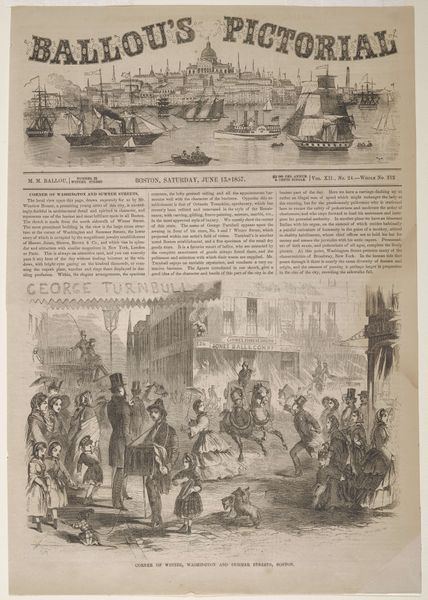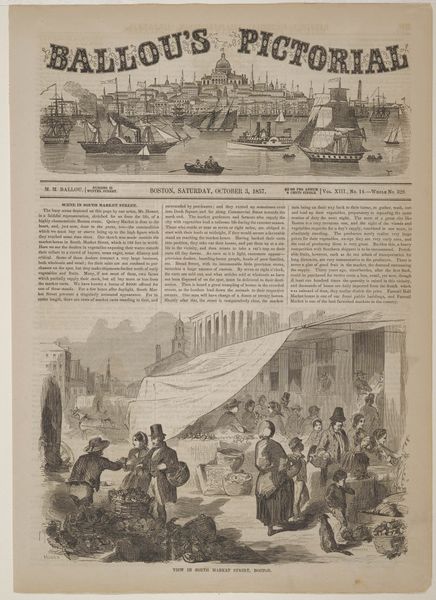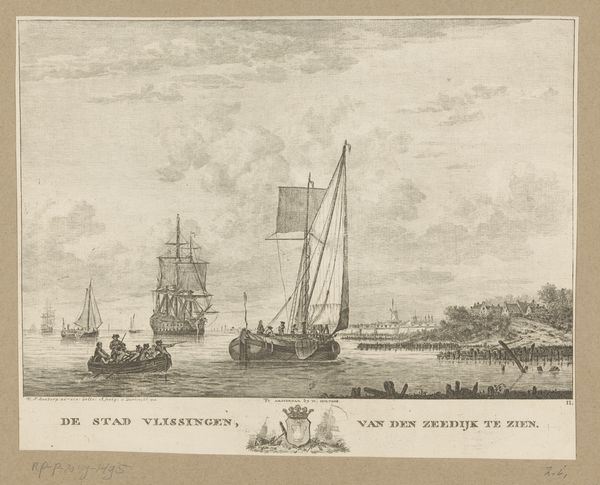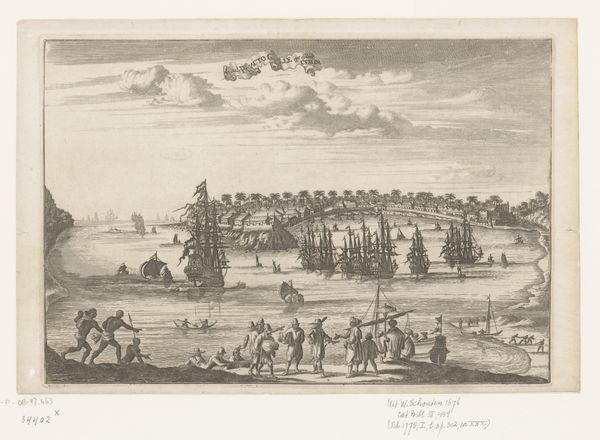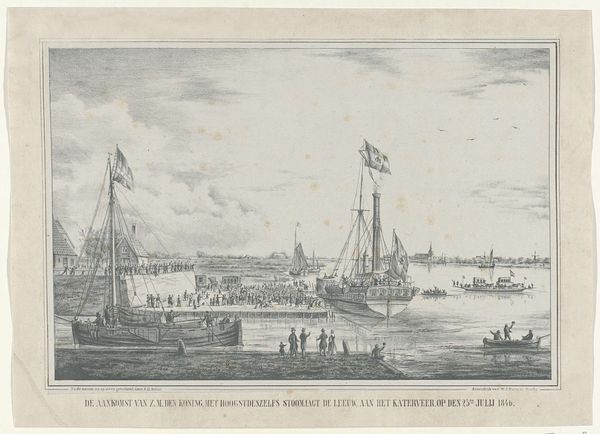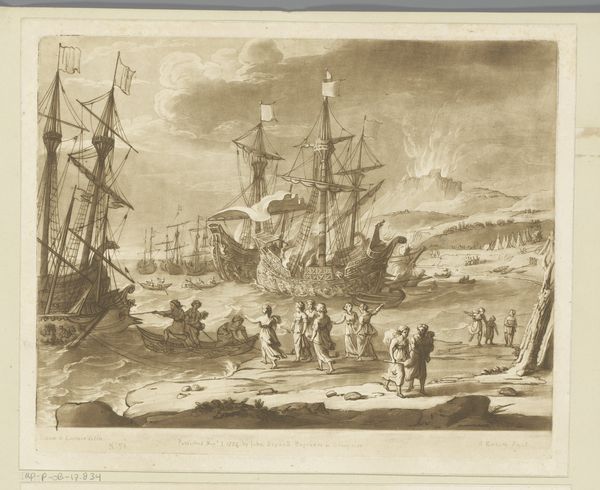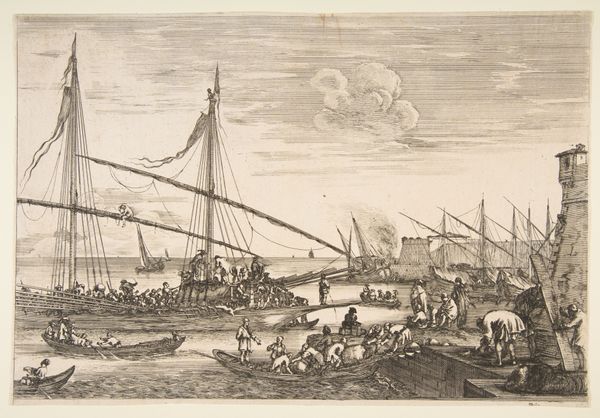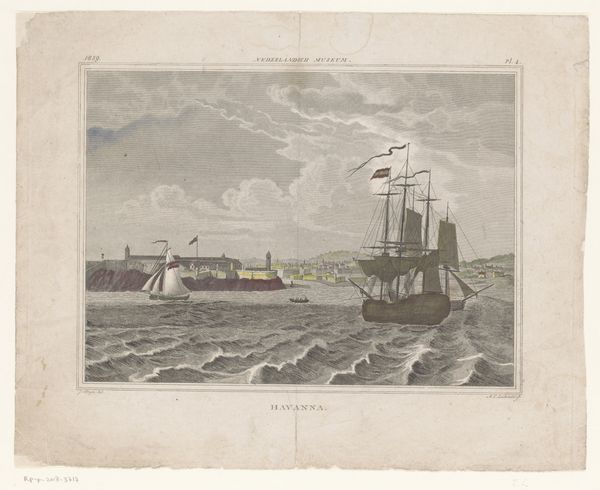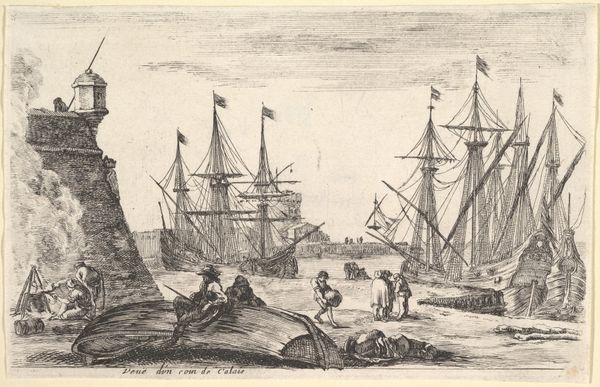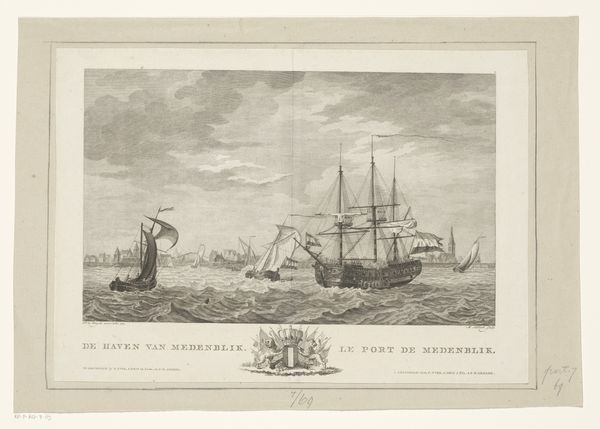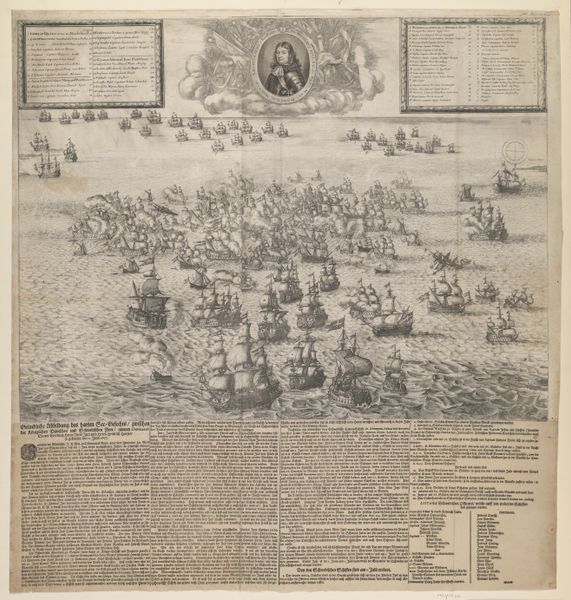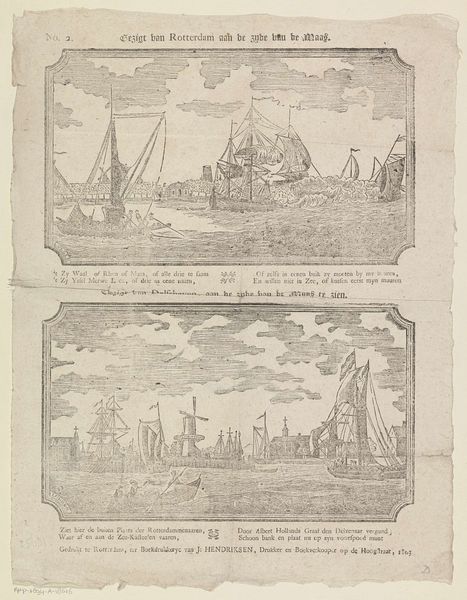
print, woodcut, wood-engraving, engraving
# print
#
landscape
#
woodcut
#
united-states
#
genre-painting
#
wood-engraving
#
engraving
Dimensions: 6 x 9 1/2 in. (15.2 x 24.1 cm)
Copyright: Public Domain
Curator: Winslow Homer’s “Cambridge Cattle Market,” created in 1859 and held at the Minneapolis Institute of Art, offers a fascinating snapshot of its time. He captured this bustling scene using wood engraving, and engraving. Editor: It's striking how the linear precision lends a sense of order to the chaos of the marketplace. The values are tightly controlled, with a close tonal range across the whole work, which focuses your attention without drama. Curator: Precisely. As a print, it was created for mass consumption in publications. It represents a vital aspect of 19th-century American life—the economic exchange, the interactions of people and animals within the agrarian landscape—and the very systems of distribution through printed matter. It speaks to the labor involved and the audience intended for it. Editor: The linear detail captures the various textures—the animals' coats, the rough wood of the fences, and the garments of the figures. I find myself drawn to the subtle variations within a monochromatic composition. Homer achieves such textural richness by controlling each engraving stroke, varying depth and width of each mark to suggest highlight, shadow and density within each form, yet I wonder what details or choices he made. Curator: That brings up the inherent limitations and considerations in using wood engraving to depict a crowded scene. How do you balance the need for clarity with the desire to capture the atmosphere of a bustling market? How does that affect the viewer's perception? Editor: Do you see a political edge, perhaps, in celebrating the market? Or is it just an observational study, a pure document? Curator: It’s impossible to separate the art from the politics and economics. Representing the cattle market underscores its role as an engine of the American economy and its influence on land usage. It places humans within an active commercial setting as a visual record, and one must remember it could circulate across geographical areas via popular media. Editor: I see what you mean. Understanding its historical context deepens my appreciation for how art, in its method and its visual language, can echo these broader cultural movements. Curator: Agreed. Examining the means by which this image came to be, the choices and limits presented, unlocks so many ways of seeing this particular moment. Editor: A perfect blend of seeing and understanding that enriches both our viewing experiences.
Comments
No comments
Be the first to comment and join the conversation on the ultimate creative platform.
